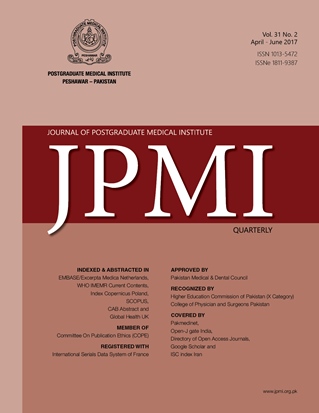FATAL BLADDER EXPLOSION DURING TRANSURETHRAL RESECTION OF PROSTATE: CASE REPORT AND LITERATURE REVIEW
Main Article Content
Abstract
The transurethral resection of the prostate (TURP) is the gold standard in the
operative management of benign prostatic hypertrophy. In the last decade, the
technological improvements have reduced perioperative and postoperative
complications. The intravesical explosion is one of the most infrequent complications
of transurethral procedures. We present the case of a man with bladder
outlet obstruction who underwent TURP. After complete resection of the adenoma,
an audible blast and a sudden movement were felt at the lower abdomen.
Inspection showed posterior wall bladder perforation that was repaired.
Postoperative course was complicated by transurethral resection syndrome.
This work show an evaluation of the relevant scientific literature available about
bladder explosion to define the etiology of this complication, we point out the
prevention strategies and
operative management of benign prostatic hypertrophy. In the last decade, the
technological improvements have reduced perioperative and postoperative
complications. The intravesical explosion is one of the most infrequent complications
of transurethral procedures. We present the case of a man with bladder
outlet obstruction who underwent TURP. After complete resection of the adenoma,
an audible blast and a sudden movement were felt at the lower abdomen.
Inspection showed posterior wall bladder perforation that was repaired.
Postoperative course was complicated by transurethral resection syndrome.
This work show an evaluation of the relevant scientific literature available about
bladder explosion to define the etiology of this complication, we point out the
prevention strategies and
Article Details
How to Cite
1.
De Bartolo D, Ausania F, De Gennaro U, D'Oro E, Gratteri S, Ricci P. FATAL BLADDER EXPLOSION DURING TRANSURETHRAL RESECTION OF PROSTATE: CASE REPORT AND LITERATURE REVIEW. J Postgrad Med Inst [Internet]. 2017 May 12 [cited 2025 Dec. 5];31(2). Available from: https://jpmi.org.pk/index.php/jpmi/article/view/2042
Issue
Section
Case Report
Work published in JPMI is licensed under a
Creative Commons Attribution-NonCommercial 2.0 Generic License.
Authors are permitted and encouraged to post their work online (e.g., in institutional repositories or on their website) prior to and during the submission process, as it can lead to productive exchanges, as well as earlier and greater citation of published work.


